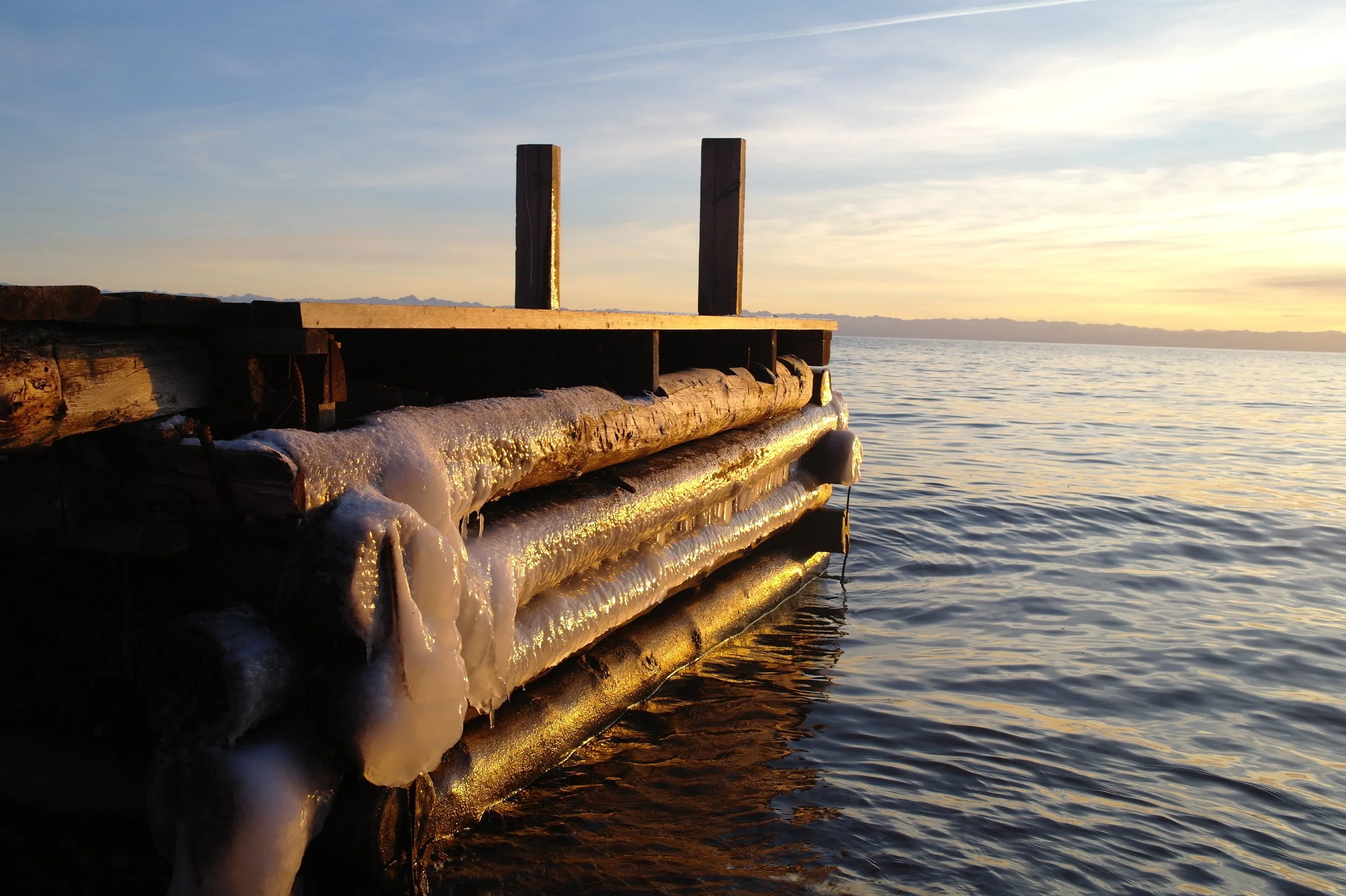Trans-Mongolian: Irkutsk to Ulaanbaatar
If you'd like to know a bit more about the Trans-Siberian Railway before reading this post, check out my Introduction to the Trans-Siberian.
Train: 362
Type: Passenger
Class: 2nd
Duration: 22 Hours
Time Change: +5 Hours
We boarded the train to Ulaanbaatar at just after 9pm and were welcomed on board by two friendly Mongolian provodnistas. Although we were still in Russia, our train carriage was Monoglian and it was furnished accordingly–with gold curtains, deep red carpeting, bright orange and pink knitted bedspreads, camel's wool blankets, and shiny gold pillows (bizarrely filled with beans instead of feathers).
Our carriage was one of only two that were going across the border, while the rest of the train (including the dining car) was Russian and destined for Ulan Ude on the other side of Lake Baikal. We had an uneventful first night on board, with relatively few stops and absolutely no other additions to our already empty train carriage. When we eventually reached the Russian border the next day around noon, there were only 4 people in our entire carriage: me and Michael, another Canadian guy, and a Russian. Evidently not many Russians travel to Mongolia. And all the Mongolians who were making the trip were in the other, third class, carriage.
Despite keeping meticulous travel records for our entire time in Russia, I was still a little worried about the border crossing. But, like everything else I was worried about, it was painless. We had three successive waves of people come through our compartment to check our passports, luggage, and paperwork; followed by the cutest drug sniffing dog I've ever seen; followed by a 3-hour long break during which time we just fed street dogs on the platform and napped; and then we were in Mongolia. Well, almost in Mongolia. We made it 600 yards or so and then stopped to repeat the entire process with the Mongolian border patrol, 3-hour long break included.
Once we were finally underway in Mongolia, it was just starting to get dark. We made some soup, put on a movie, and went to bed early–only to be kept awake all night long by very loud clanging and a lot of stopping and starting. And when we woke up in the morning, all the clanging made a lot more sense. When our little 2-carriage train disengaged from the Russian train at the border, we linked up to a Mongolian engine and dining car. And throughout the night, that 4-carriage train grew to be a 16-carriage train, picking up more and more people as we went. Not a single one of whom was in our carriage.
We pulled into Ulaanbaatar at 5:45am the next morning and were greeted by Puujee, whose Ger camp we were going to be staying at for the next few nights. We loaded into his Land Cruiser and set out for Gorkhi-Terelj National Park, about two hours outside of the city, through 30kms of snowy parkland. Arriving at camp, his two dogs and one cat all rushed at the truck as we pulled in, very eager to say hello after having spent two nights on their own at camp. Outside. In -25. With no food. With a litter of 5 day-old puppies. Really puts North American dog ownership into perspective.
The days we spent at camp were some of the best days we've had on the trip so far–despite being cold most of the time, having no plumbing or electricity, and getting very little sleep because of the constant need to restock the fire throughout the night.
Puujee was an incredible host and it was so interesting to experience a tiny slice of traditional Mongolian life. Every morning, we'd have scrambled eggs and fried bread (just like langos), with homemade yak butter and jam. For lunch, we'd have dumplings stuffed with beef and vegetables. Or homemade noodles fried with beef and vegetables. And for dinner, we'd have a combination of the exact same ingredients (beef, vegetables, and dough) cooked into a stew, soup, or stir-fry and accompanied by a few beers or some Mongolian vodka. I clearly have some work to do on my meal planning. And I need to make more dough.
Between playing cards, hiking through the hills around camp, and cuddling with the dogs, we went horseback riding every day on these tiny, stocky Mongolian ponies. And unlike most Western horseback riding establishments, Puujee basically just handed us the reins, taught us how to say 'Stop' and 'Go' in Mongolian, and let us take off. Or walk away slowly in Michael's case, because he couldn't get his horse to go any faster without some additional encouragement. After a very cold ride on our second day, Puujee lit the fire in the sauna tent and we spent a couple of hours alternating between the hot sauna and the very cold snow outside, followed by more than a few shots of vodka.
When we eventually made our way back to Ulaanbaatar we were tired, very dirty (after 5 days with no shower), and not really ready to leave. If I were to do this trip again, I would move more quickly through the big cities of central Russia and spend a lot more time in Mongolia. The people are friendly. The food is delicious. The scenery is breathtaking. And Puujee promised he would help us get a good deal on a couple of ponies to trek across the country on. Summer 2018 in Mongolia anyone?







